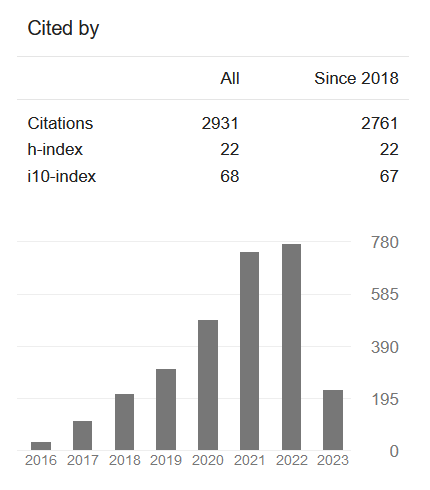Investigative study of seasonal changes in Quality Parameters of Oluwa River Water, Agbabu area of Nigeria( Vol-3,Issue-1,January 2017 ) |
|
Author(s): Talabi, Abel. Ojo. , Akinyemi Segun. Ajayi. , Fagbote Emmanuel.Olubunmi. , Olanipekun Edward. Olorunsola. , Ojo Adebayo. Olufemi. |
|
Keywords: |
|
|
Insitu parameters, wet analysis, electrical conductivity, alkaline, low mineralized, irrigation. |
|
Abstract: |
|
|
Physico-chemical parameters of River Oluwa water in Agbabu, Nigeria were investigated to determine its quality characteristics and establish seasonal effects on the water. Water from the river was collected at five different points in dry season (March, 2008 and 2009) and rainy season (July, 2008 and 2009). Insitu parameters (pH, EC and Turbidity) were measured using Horiba Water Checker Model U-10 while TDS was by Lovibond CM – 21 Tintometer. Subsequently in the Laboratory, Na+ and K+ were determined using flame photometric methods while Ca2+, Mg2+, HCO3-, SO42-, Cl-, PO42- and NO3- were determined by wet analysis. River Oluwa water was alkaline with average pH of 7.41 and 7.53 in dry and rainy seasons respectively. Electrical conductivity (EC) was high during dry season (av. 630.44 µS/cm), but low in the rainy season (av. 317.58 µS/cm) due to long residence time in dry season allowing more water-rock interaction. Turbidity’s average values of 0.14 NTU and 2.29 NTU in dry and rainy seasons respectively suggested moderate pollution with particulate matter. The order of average cations concentrations in the dry and rainy seasons was Ca2+ > K+ > Na+ > Mg2+ while that of the anions was HCO3- > Cl- >SO42- > NO3-. The ions concentrations though lower in rainy season, Ca2+-HCO3- water was dominant in both seasons. Quality evaluation for irrigation revealed that the water was suitable for all irrigation purposes. River Oluwa water was soft, low mineralized, chemically potable, suitable for irrigation but with lower ionic concentrations in rainy season. |
|
Cite This Article: |
|
| Show All (MLA | APA | Chicago | Harvard | IEEE | Bibtex) | |
Share: |
|

 DOI:
DOI: 



























